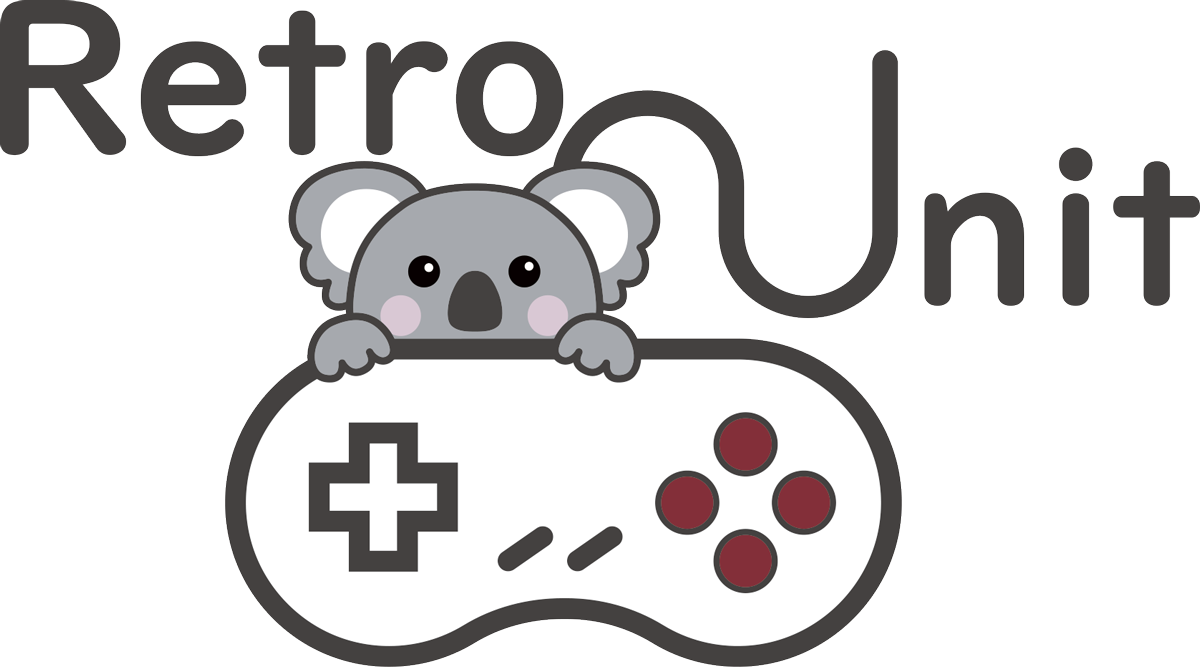Retro Unit
Puyo Puyo 2 - Sega Saturn NTSC-J JAPAN 1995 Puzzle Game
Puyo Puyo 2 - Sega Saturn NTSC-J JAPAN 1995 Puzzle Game
Stock Available: 1
Couldn't load pickup availability
puyo puyo Sega Saturn.


Br11
Shipping & Returns
Shipping & Returns
Our team aim to pack, check and dispatch orders within 24 hours of receiving your order Monday to Friday. Where an order is placed after 2pm AEST on Friday it may not be dispatched until Monday. During the Christmas holiday season, orders may take more than 24 hours before dispatch.
Overseas deliveries leave our warehouse every Wednesday.
We have a 30-day return policy, which means you have 30 days after receiving your item to request a return.
To be eligible for a return, your item must be in the same condition that you received it, unworn or unused, with tags, and in its original packaging. You’ll also need the receipt or proof of purchase.
To start a return, you can contact us at info@retrounit.com.au. If your return is accepted, we’ll send you a return shipping label, as well as instructions on how and where to send your package. Items sent back to us without first requesting a return will not be accepted.




Customer Testimonials
Proudly rated 4.8/5 from 1000+ customers
-
Amazing item. Just like on the photo. Quick shipping, will buy from again!
Official Nintendo Wii Motion Plus Wiimote Black Controller + Nunchuck + Cover
Jennifer
-
Came fast and in great condition
Nintendo Gameboy Pocket Green Console Pokemon Case & Pokemon Green Game
Jonathan
-
Exactly what I needed
Genuine Nikon MH-65P Battery Charger for EN-EL12 ENEL12 Batteries
Bytemark
-
Very quick to post and good condition.
Once Upon A Time In The West (DVD, 1968, 2-Disc Set)
M. Green
-
Excellent value, very good condit. Sent fast. Smooth purchase. Nothing beats vinyl for listening to music!
ABBA - ABBA Vinyl Record LP 1975
Murphy
-
Excellent no problems would buy from again thank you
Super Mario 64 - Nintendo 64 NTSC-J Japan N64 Game
Sage




